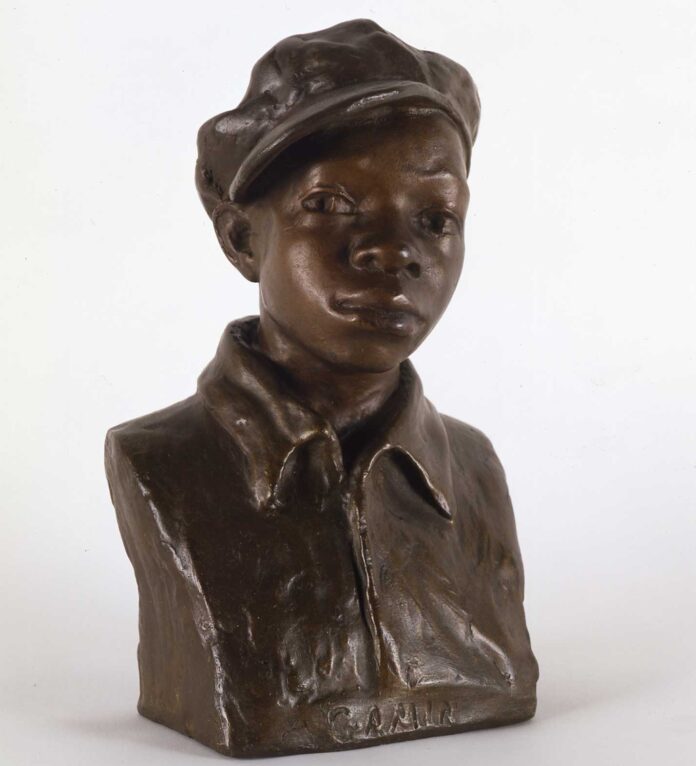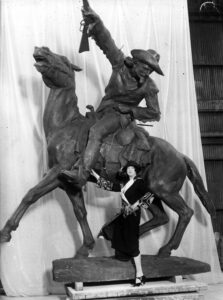
At first glance, Gertrude Vanderbilt Whitney (1875–1942) and Augusta Savage (1892–1962) are the oddest of couples, the strangest of bedfellows. The disparity holds true as one learns more about these female American sculptors who lived worlds apart (both socially and economically) and whose works, purely by chance, have crisscrossed the eastern half of the U.S. in museum retrospectives dedicated to each of them. Yet the biographies of this pair — one an heiress-patron who became an artist herself, the other an artist-prodigy who became an influential member of the Harlem Renaissance — have several crucial elements in common.

To be sure, each lived and worked in New York City in the early to middle years of the 20th century, embracing various degrees of realism and helping other artists realize their potential. But what makes a truly meaningful pairing of them possible is that each, because of who she was, had difficulty being taken seriously as an artist in the first place. Indeed, each emerged from cultural milieus whose denizens were not expected to become artists at all, and often were roundly discouraged from doing so.
Savage’s father, in the artist’s own words, “licked [her] four or five times a week, and almost whipped all the art out of [her]” when, as a child, she fashioned farm-animal figures out of her Florida hometown’s red clay. This Methodist minister, who also made his living as a carpenter, fisherman, and farmer, preached that the Bible forbade “graven images.” Besides, the Savage family was poor; their children were expected to aspire to simple wage-earning work. Yet those pressures paled in comparison to the indignities of racial discrimination that Savage faced as she sought to realize her dream of an artistic career — and not just in the South.

As for Whitney, even today it is easy to think condescendingly of her as a dilettante when we learn she took up a chisel to “express” herself. Because she famously founded Manhattan’s Whitney Museum of American Art, some might wonder if supporting other artists with “real” talent should have been enough for a rich lady like her. What’s more, sculpture was once strenuously defended as a male-only domain. Both Whitney and Savage would have been held back for that reason alone. As it turned out, each rebelled successfully against potentially soul-stifling stereotypes.
And yet, from the mid-1940s — following Whitney’s death and Savage’s retreat to obscurity in rural New York State, to say nothing of realism’s descent into critical disfavor — the artistic endeavors of both women were essentially forgotten. Only now are they being rediscovered and reassessed by both academics and institutions. In addition, Savage is now fetching big prices at auction as museum curators and private collectors realize that a truly American art collection cannot be considered complete or significant unless it includes works by African Americans.
The above is an excerpt from a Fine Art Connoisseur article by Jeanne Schinto
View more artist and collector profiles here at FineArtConnoisseur.com.







